I knew I wanted more plants in my bedroom, but with not a lot of floor space, I'd have to get creative with how I was going to incorporate them. I already had a board that I'd bought months ago to make a different shelf that I never got around to making so all I had to do was buy some cord and whip these up! They probably only took 10- 15 minutes to put together, so they're a quick and easy way to add some great shelving to any room!
WHAT YOU'LL NEED
1x8 common board
Rope or Cord
Screw with anchor (anchor optional)
Saw
Drill
/ STEP 01
Take your 1x8 board and chop it into the lengths you want your shelves to be. I made mine 26 inches. I used a skillsaw to cut mine but if powertools freak you out or you don't have access you can have them cut the board for you at most hardware stores! Or just use a regular saw!
/ STEP 02
Use a drill to make 4 holes at the corners where your rope/cord will go through. How big your holes are will depend on how thick your rope is, but I used a 1/4in bit for mine. Make sure you don't make the holes bigger than your knot will be, otherwise it will slip through when weight is put on the shelf.
/ STEP 03
Take your first rope (cut to 57 inches long) and push the ends through the front two holes. If the rope is frayed you may have to singe the rope ends to make it easier to push through the holes. Tie a knot at the ends of the ropes after you've pushed them through.
/ STEP 04
Once you've done the front rope, repeat the same process with the back rope. Cut the back rope to 55 inches (the back rope is slightly shorter because it's flush to the wall, whereas the front one has to angle back to the wall).
/ STEP 05
Screw a hole in your wall where you want to hang your shelf! I used an anchor to help secure my shelf because I knew I'd be putting plants on in and didn't want the weight to be an issue. If you aren't putting anything heavy you might be able to get away with a nail, but I'd recommend a screw. Voila, you're done!



















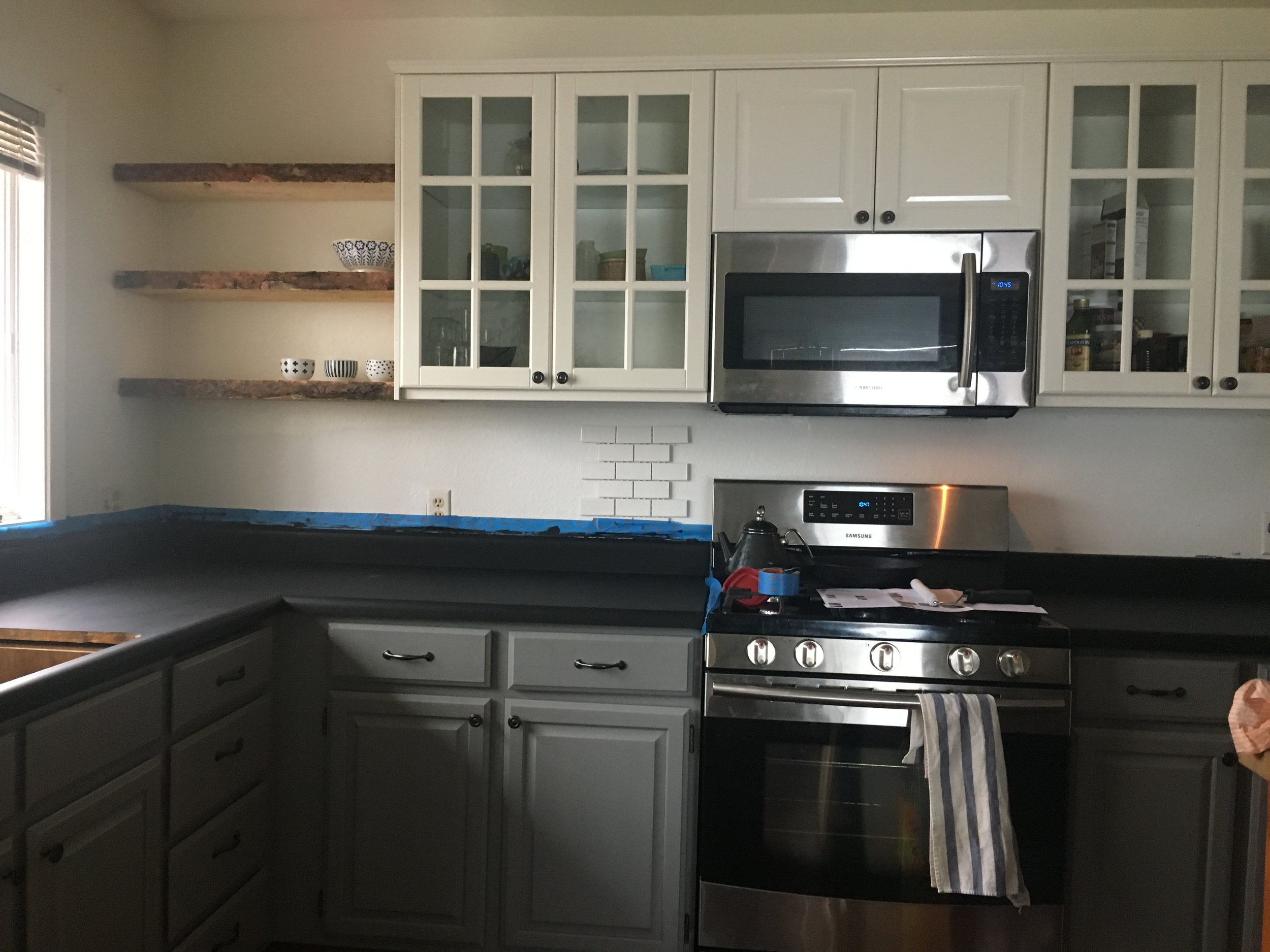
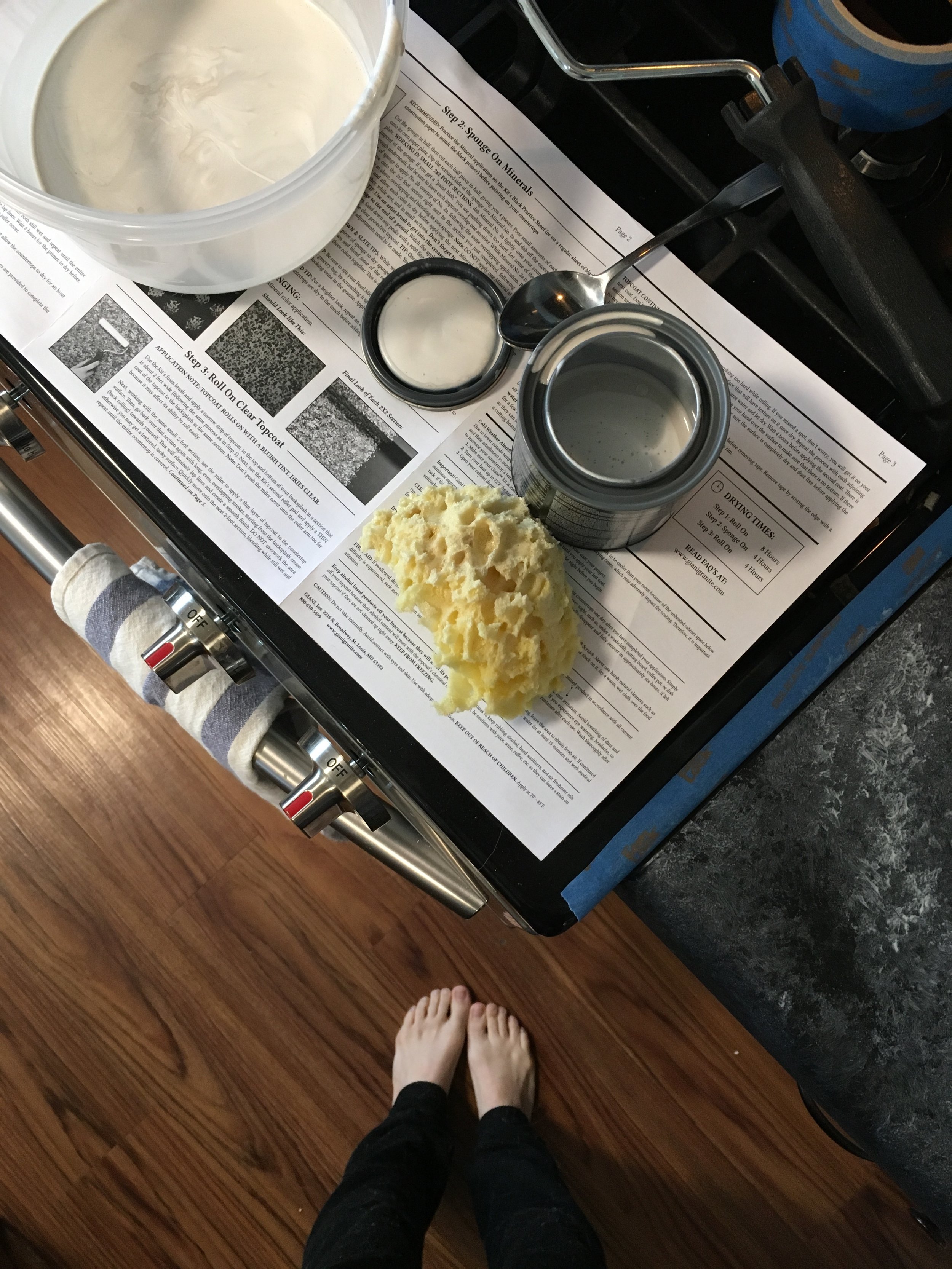
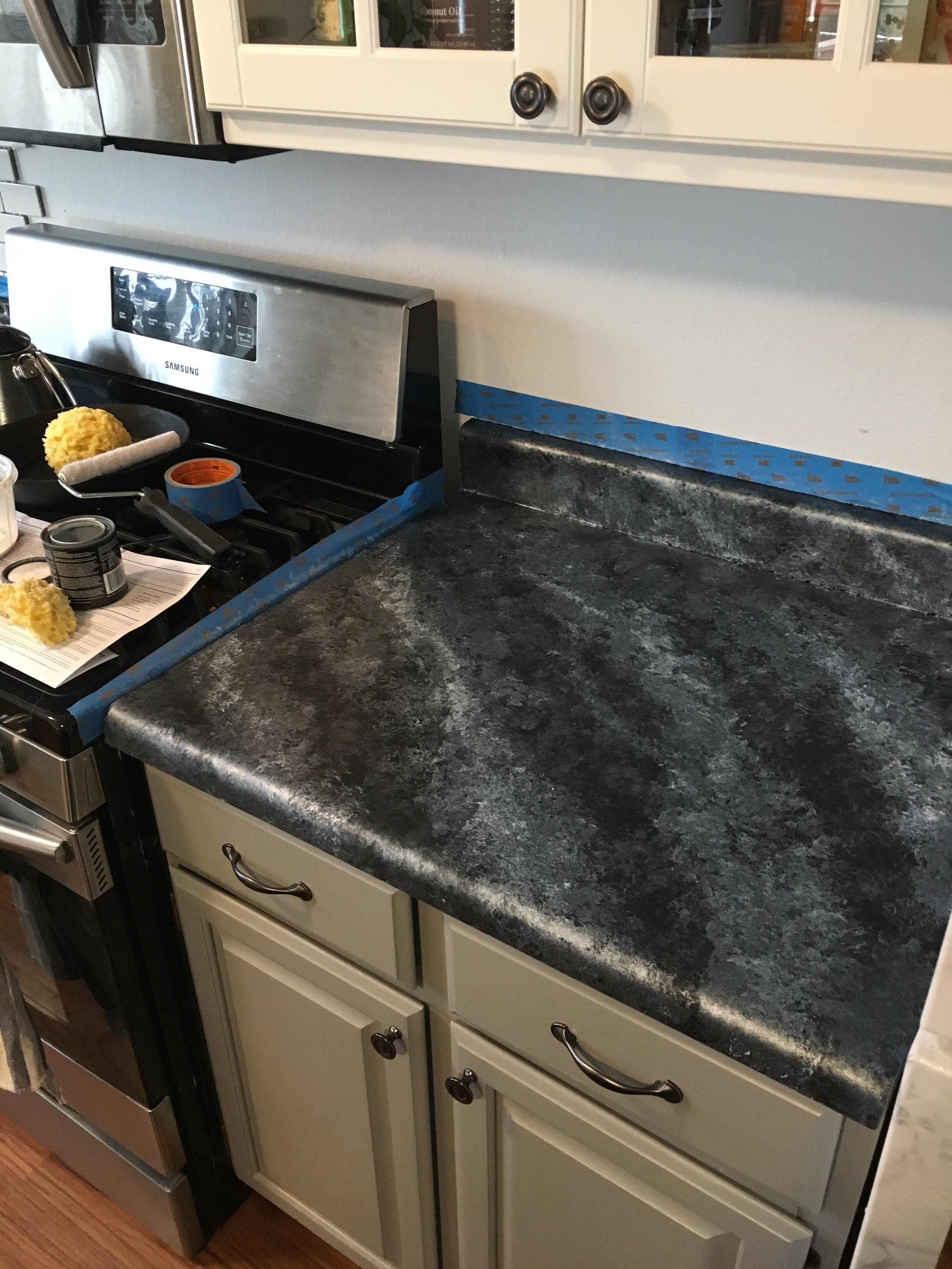
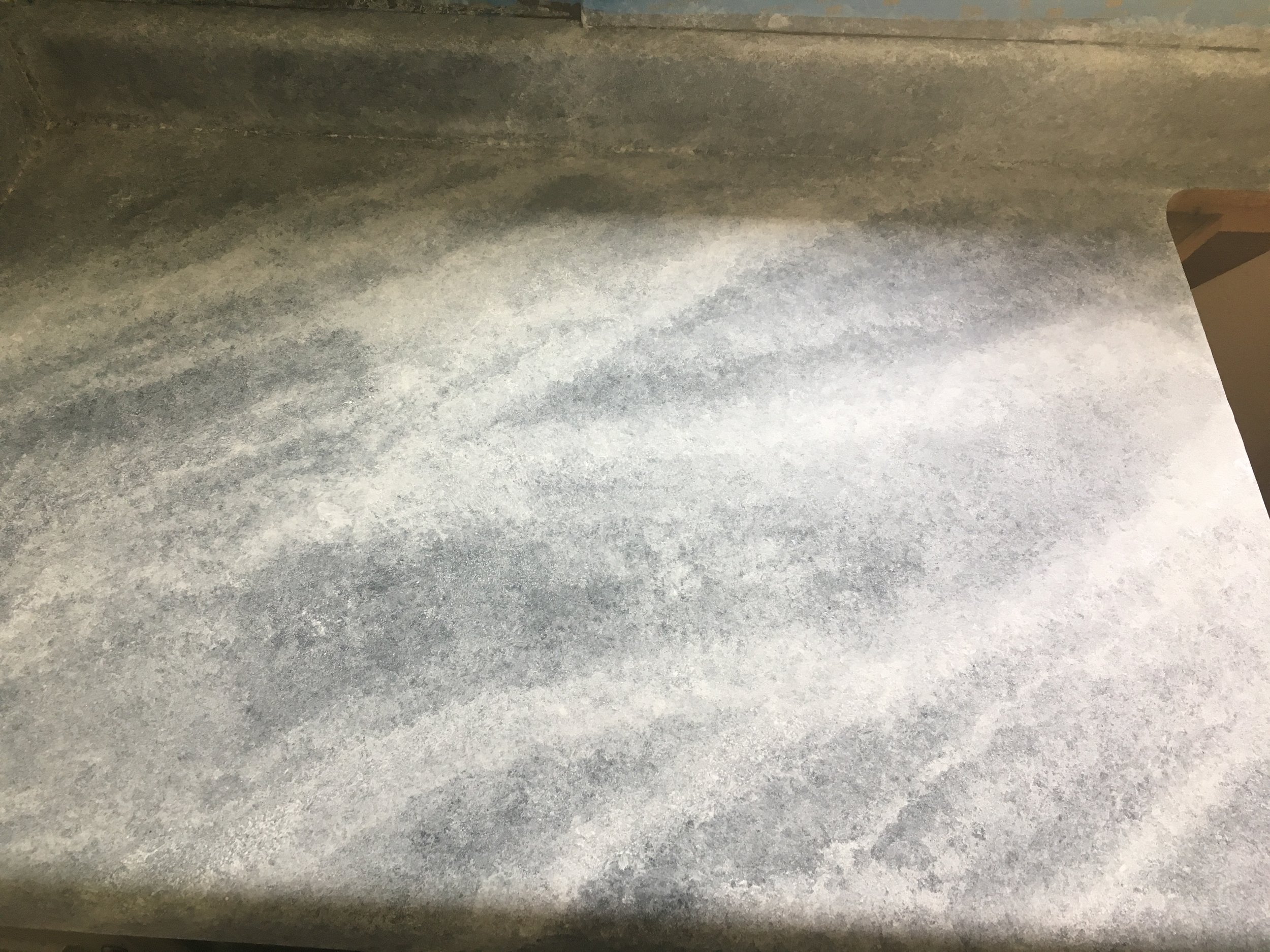









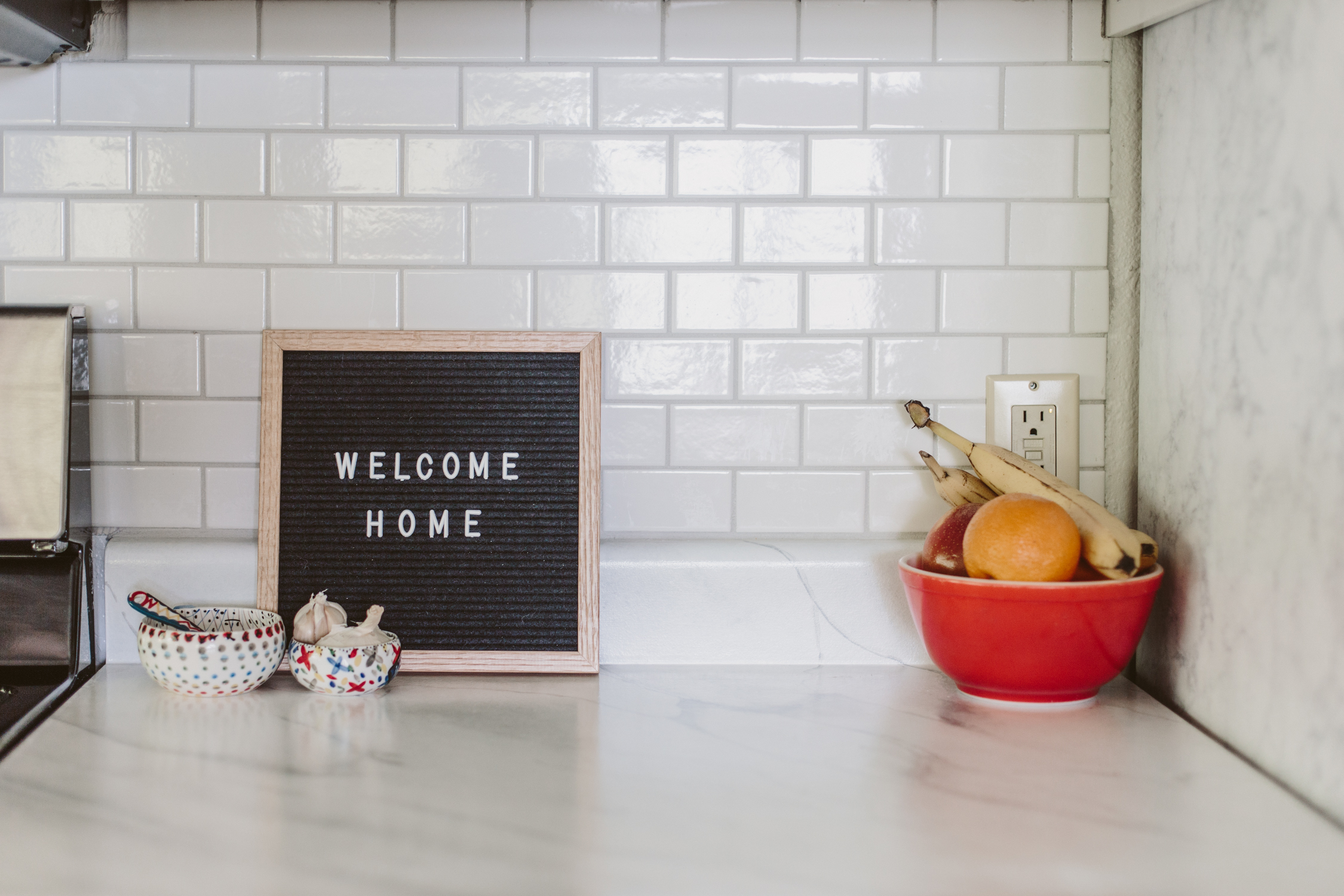





![This print feels even more relevant today. We all joke about the dumpster fire of [insert year here], but the important message of this image to me is that *we persist* through the horrors. We stand, we fight— maybe for ourselves, maybe for oth](https://images.squarespace-cdn.com/content/v1/574dddd6d51cd4bc35c1609a/1730935170369-03GPKQ5NF73VAE65RHO6/image-asset.jpeg)


